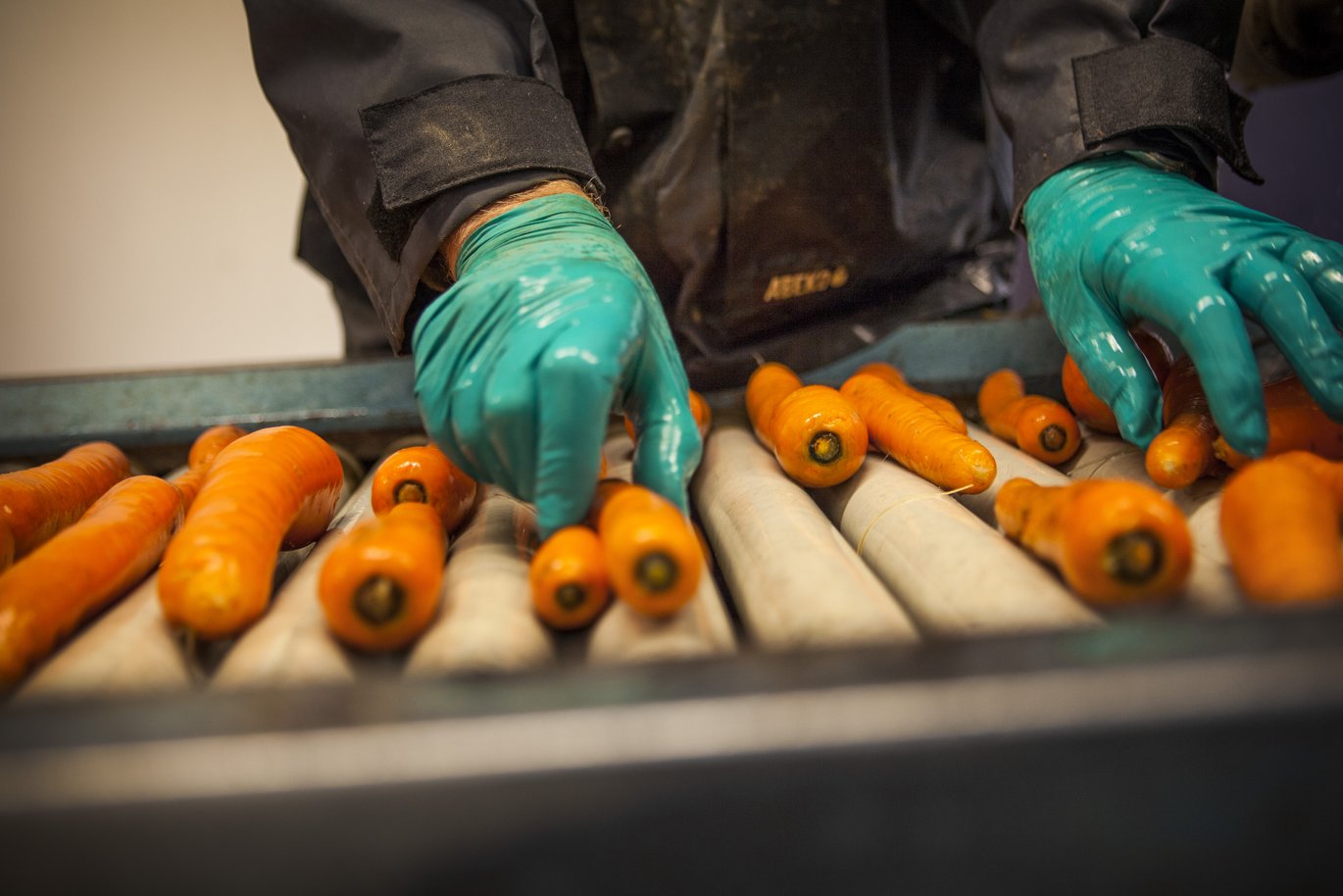Food quality is in the eye of the beholder
Scientists at Aarhus University have made a closer study of the concept of food quality. They have concluded that quality can be evaluated both objectively and subjectively, and that it mostly depends on the eye of the beholder.

Anyone who has anything to do with food is aware of the concept of food quality, but what exactly is meant by ”quality”? The farmer may mean one thing, the slaughterhouse another, and the consumer yet something else. Scientists from Aarhus University have now published a report that gives a clearer definition of the concepts. The report describes which attributes can be defined as quality parameters and how these parameters can be determined.
If food producers wish to produce quality foods, they need to have an understanding of what quality means for a particular product. This is why the Ministry of Food, Agriculture and Fisheries asked DCA – Danish Centre for Food and Agriculture – to provide a clearer definition of the “food quality” concept.
- The term ”quality” makes no sense, unless and until we describe the attributes that we base it on, says one of the authors of the report, Associate Professor Ulla Kidmose.
A clearer understanding of the concept of food quality can give agriculture and the food industry a wider field for the development of foods that meet the demands of the consumers for quality and can help producers generate more income – but food quality is a broad concept.
Quality is subjective
The scientists describe in the report the attributes that the different actors use to measure and assess food quality. The descriptions cover the entire chain from farm to fork, which means the primary producer, slaughterhouse, processing sector, retail sector, authorities and consumers.
Take pork for example: the pig farmer will look at the meat content, the slaughterhouse at fluid loss, the processing sector at the water-binding capacity, the retail sector at shelf life, the authorities at food safety and the consumer at flavour and appearance – to mention just a few of the quality aspects in each section.
A number of factors will determine whether a product is liked by consumers. This may be its price, appearance, aroma, expectations, health, and cultural and social factors. Several of the factors are subjective and consumers do not actually have a realistic chance of evaluating the quality of the foods objectively. But the consumer has the last word.
- It is ultimately the subjective assessment of the consumers that determines what good quality is and whether they are willing to buy. It is at the point of sale that the consumer’s trust must be won to ensure survival in a very competitive sector. This is mainly achieved through marketing, product display and similar approaches in the shops, says Ulla Kidmose.
The scientists behind the report point out that real choices are needed if consumers are going to be able to choose between different product qualities. This is often hampered by the focus of the food industry on large-scale productions and uniformity of quality, which leaves little room for differentiated products.
Further information: Associate professor Ulla Kidmose, Department of Food Science, e-mail: ulla.kidmose@agrsci.dk, telephone: +45 8715 8293, mobile: +45 2424 0083
